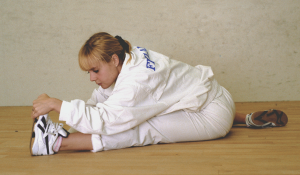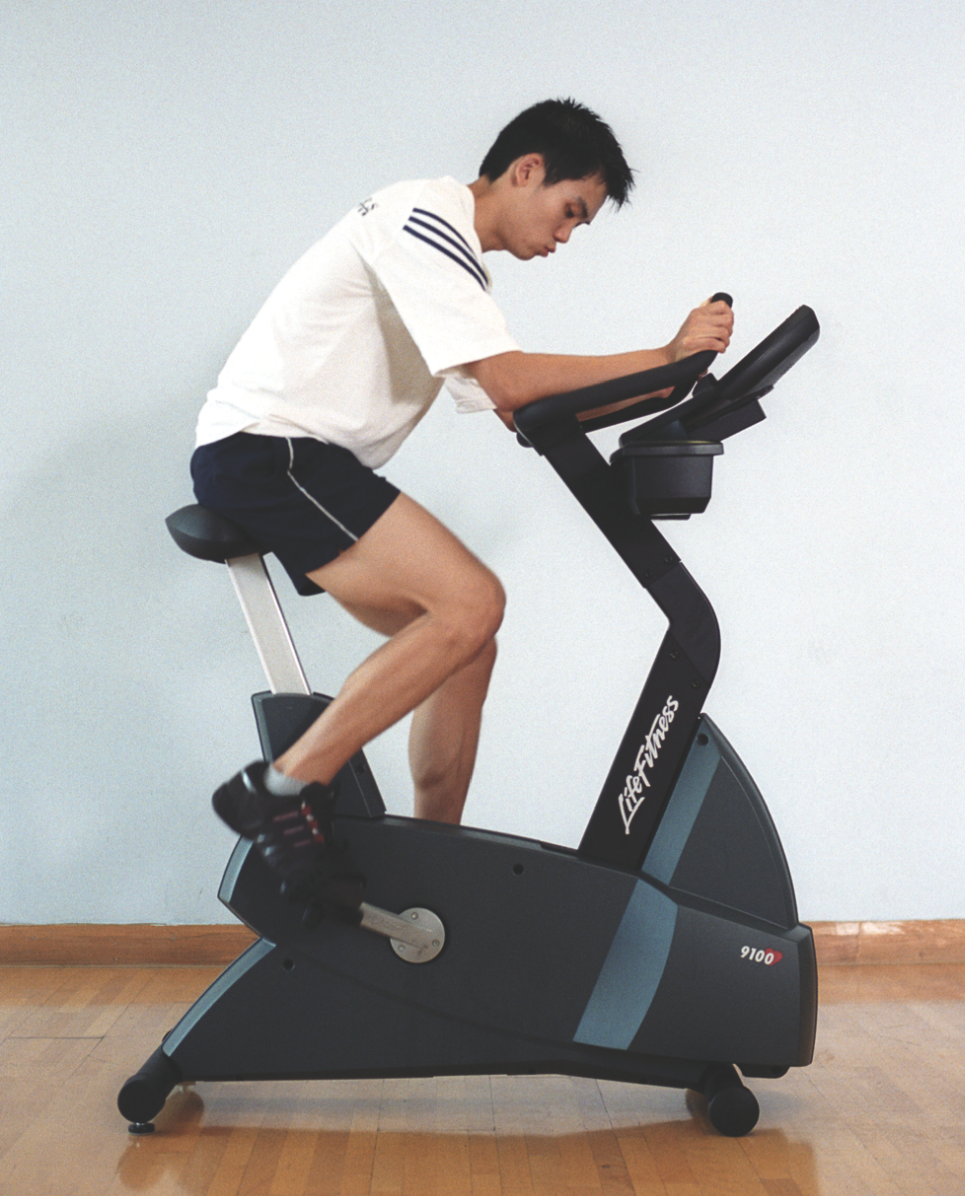By Damon Leedale-Brown, Sports Scientist & Conditioning Specialist
I am currently working with the Dutch National Team including many of their up and coming young senior players. As they work through a series of on and off court training sessions in a typical week, taking the time to educate them on how to recover optimally between training sessions is essential so they can get the best out of each subsequent session.
Squash is a physically challenging sport not just at the elite level but even for skill level players of any rating who are well matched, extremely competitive and desperate to win at all costs! For athletes who continue to push physical limits in training and competition, it is vital that recovery and regeneration techniques form an integral part of their overall training program. Most of the World’s top squash players are extremely knowledgeable about maintaining body health through periods of hard training and competition. Players who either do not understand about recovery, or do not consider it important, are significantly more at risk of breakdown through injury, overtraining, mental burnout and poor health.
For elite athletes, recovery and regeneration techniques span across four areas: Physiological; Nutritional; Mental; and Structural Health. Let’s start by looking at some of the common physiological recovery techniques used by athletes:

REST Although it sounds obvious, rest is one of the most important aspects of both physical and mental recovery. During rest periods—between hard training sessions or matches—the body is able to repair and strengthen damaged muscle tissue. An athlete who continuously trains hard with insufficient recovery runs the risk of “overreaching” which can then lead to “overtraining.” This is especially so if the athlete continues to ignore warning signs from their body such as constant tiredness and soreness in the muscles, decrease in performance, loss of appetite, disrupted sleep, etc. For recreational squash players building in rest days can help maintain a better balance between work, training and family life.
COOL DOWN After a hard training session it is recommended that you continue to do some form of low intensity aerobic exercise for at least 5-10 minutes which could be jogging, biking or swimming. This helps to maintain blood flow through the body and assists with the removal of waste products built up in the muscle that can cause muscle stiffness and soreness.
STRETCH Gentle stretching after exercise can help return muscles to their natural state. This would be considered different to a training session designed specifically to increase flexibility and mobility (eg., Yoga).
ACTIVE RECOVERY It is generally considered that active recovery is more effective than passive recovery. Active recovery (e.g., swimming, cycling, and light jogging) improves circulation and helps the transport of nutrients around the body along with removal of waste products. This helps muscles repair and regenerate faster, so the athlete is in a better state of recovery leading into the next training session or match. As part of a balanced weekly program, active recovery sessions can be included on lighter training days, and even on rest days many athletes find it beneficial to do some form of non-specific active recovery session rather than nothing at all.
MASSAGE Passive is when someone works on your body, and active is where you use equipment such as a Foam Roller or Massage stick. Massage can feel physically and mentally beneficial, and depending on the severity of the massage can allow you to fully relax. If you have tight muscles and lots of adhesions between the fascia (tissue just below skin) and underlying muscle tissue then things can get painful. I tend to curse at my sports masseur at regular intervals during a massage!
 SLEEP This is a time when your body can do amazing things in terms of recovery and repair. During sleep your body produces Growth Hormone which plays a major role in tissue growth and repair. Having enough quality sleep is very important for athletes, and as many of us have probably experienced a lack of sleep over a period of a few days has many negative effects on our mental and physical health.
SLEEP This is a time when your body can do amazing things in terms of recovery and repair. During sleep your body produces Growth Hormone which plays a major role in tissue growth and repair. Having enough quality sleep is very important for athletes, and as many of us have probably experienced a lack of sleep over a period of a few days has many negative effects on our mental and physical health.
So we begin to see that optimal recovery and regeneration for athletes revolves around relatively simple concepts, but they still require the attention to detail and discipline to ensure these techniques become a regular part of the athlete’s regimen and fully integrated within their training program. Think about how you can incorporate some of these simple strategies into your squash training and see what impact it has on your ability to recover physically in between matches or training sessions, and subsequently train or perform at consistently higher levels.
In future issues we will discuss Nutritional and Mental Recovery, and also look at maintaining structural health.





